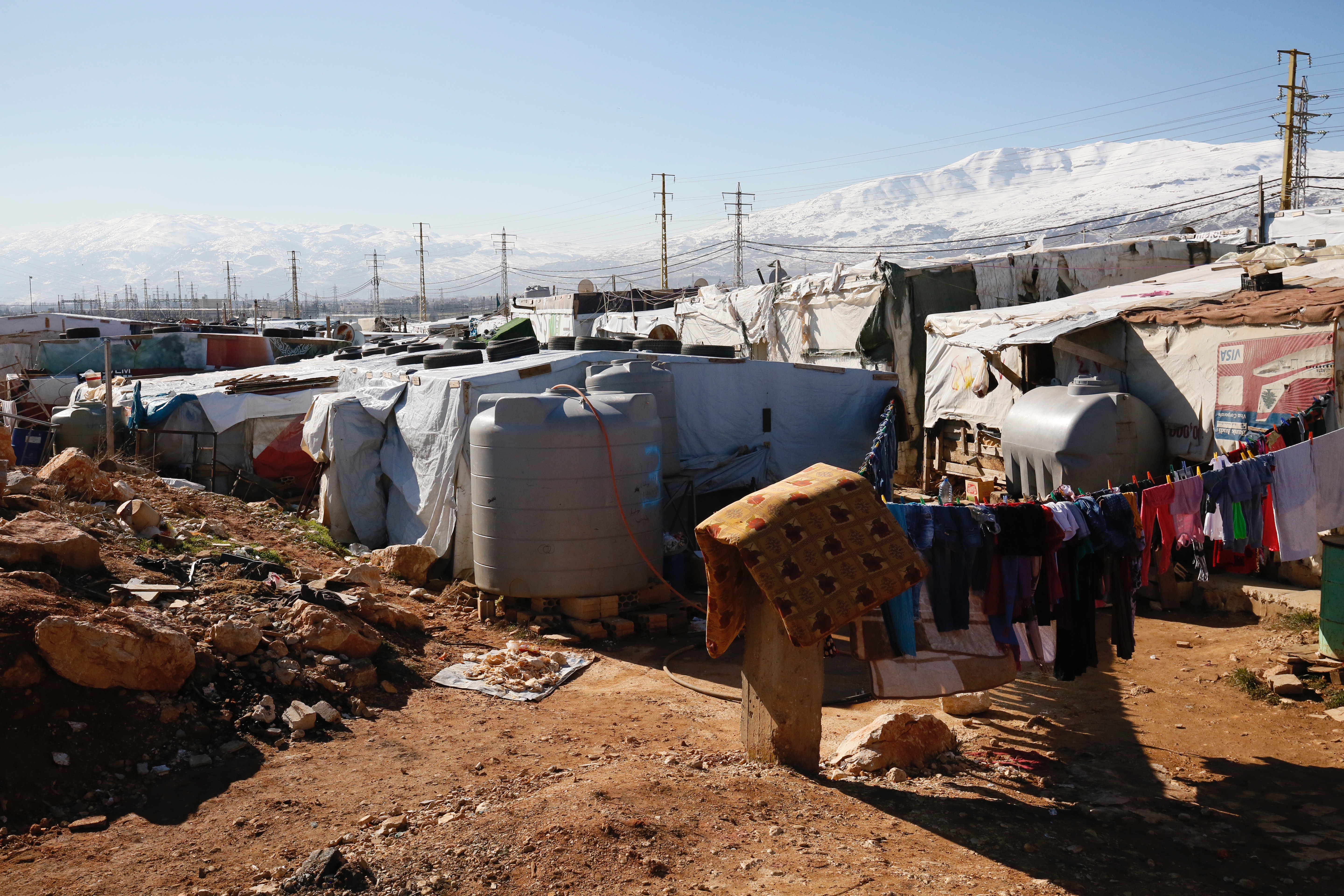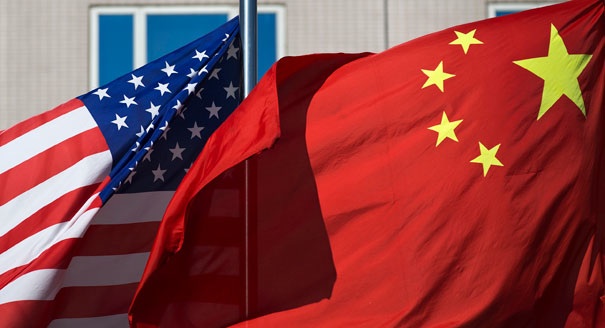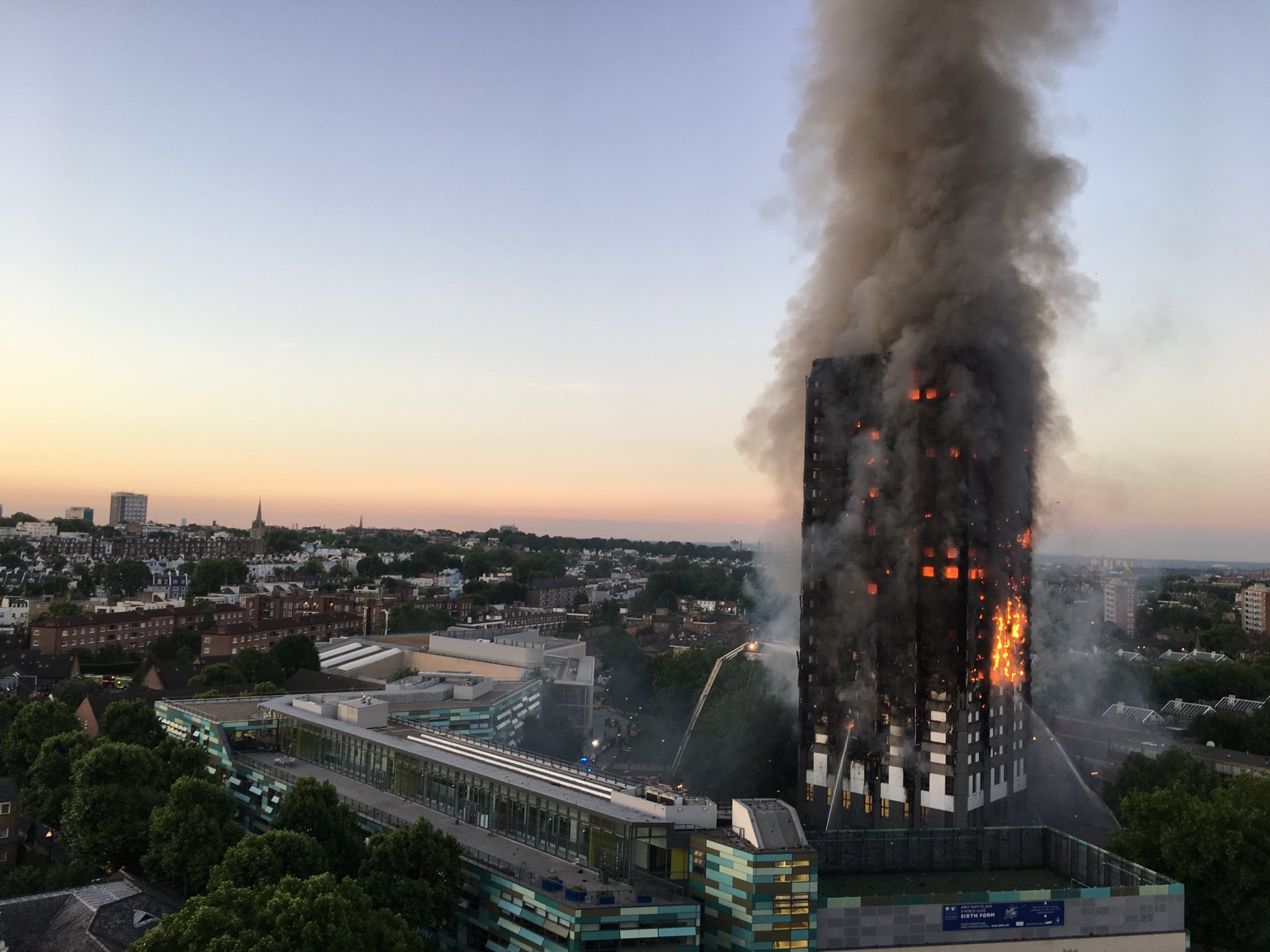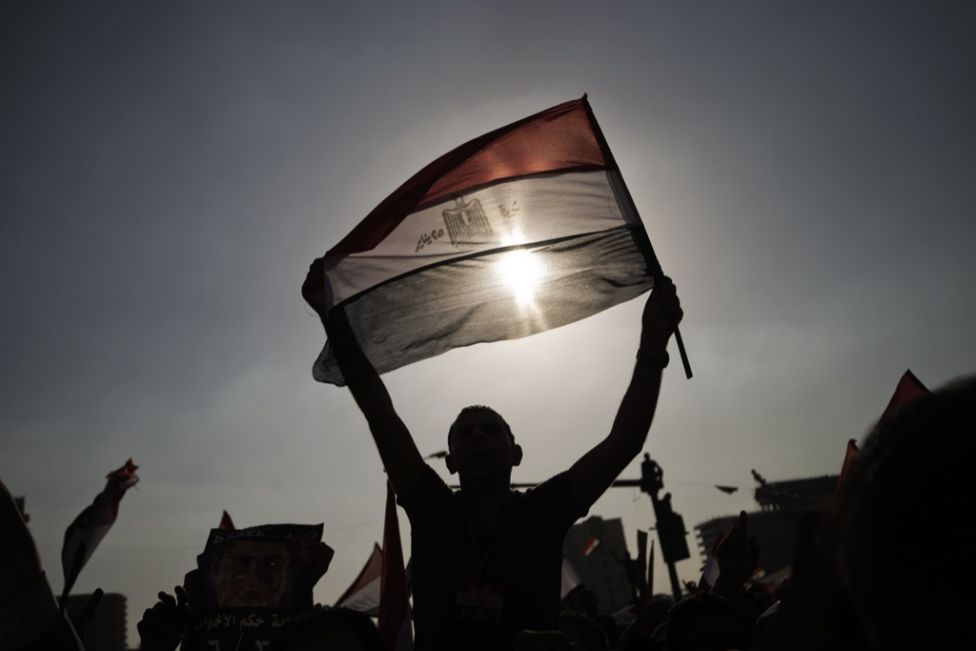It was near the end of winter 2011 when the Syrian Civil War began. Since then, the conflict has generated over 6 million refugees and even more internally displaced people within the country. There are refugees spread across the entire world, with Turkey holding the greatest concentration of registered Syrian refugees, above 3.3 million.
Lebanon is one of the bordering nations of Syria. As a result, countless Syrian citizens have fled to Lebanon for sanctuary. Yet, as refugee numbers have steadily increased in Lebanon, the brewing discontentment of the local people and government have likewise continued to grow. The discontentment has been exhibited in varying forms of aggression towards the refugees, including but not limited to physical aggression and the expression of anti-refugee sentiments, all of which have led to the need for the Lebanese government to establish protective measures such as curfews, and the ultimate revision of legislation.
WHAT’S HAPPENING ON THE GROUND:
Since the announcement of the proposed demolitions by the government, several attacks have been incurred against the Syrian refugee camps.
At Deir al-Ahmar, one of the informal camps in Bekaa valley, a fire had broken out early June where firefighters were claimed to ‘have purposely arrived later’. That night amidst constant threats to ‘burn the camps’, about 50 men proceeded to attack the camp, setting other tents on fire and bulldozing others. Following this incident, the refugees were forced to move their camps to Mekna, a remote village which did not offer access to electricity, water, food, tents, or amenities.
The latest in Lebanese hostility towards Syrian refugees comes in the form of the order from Lebanese authorities to dismantle their homes. If the refugees refused, the homes would be consequently demolished in early July by the Lebanese government. Although international organizations have loudly expressed their concern with this decision, the Lebanese government has stood by its plan.
WHAT ARE THE TERMS AND CONDITIONS OF THE DEMOLITIONS?
Any and all homes built with material besides plastic and wood have been ordered to be demolished. Most of the Syrian refugees have built up their homes using concrete over the past few years, as it has offered the most protection against harsh Lebanese winters and hot summers. The reasoning the Lebanese government stands behind is their deterrence towards permanent residences to be established where the refugees are currently stationed. On top of this, the reasoning of “[facing austerity measures and a weakened economy, with massive debt and high unemployment” have led to the decisions the Lebanese government has made.
The start of the demolitions began promptly on July 1st, when soldiers arrived at refugee camps all around Lebanon to destroy any remaining structures that had not been willingly taken down. Various international organizations and NGOs have since been enlisted to assist families and individuals who are unable to do this gruesome task alone.
Edinburgh Direct Aid (EDA) is one of the organizations assigned to a camp holding elderly and disabled Syrian refugees. One of the EDA workers described a scene of terror and confusion: “Some of them show me their homes [in Syria] and their gardens and their fruit trees and their orchards and… it’s just so sad that they have to live this way and now they have this terrible burden of having to destroy their homes.”
WHAT IS PLANNED FOR THE FORESEEABLE FUTURE?
While all Syrian camps have been alerted to the order to demolish their homes, there has been no consequent “alternative housing […] mentioned in the government’s order.” The implications of the lack of follow-up or provision of housing means that many will be rendered homeless or be forced back into Syria, where most of the country is still uninhabitable. What Lebanon desires is to prevent permanent settlements, and it seems that with this order, they may be successful in achieving this. However, for the Syrian refugees who have taken refuge in Lebanon the past few years, they will continue to be faced with a multitude of difficult choices in where to live, and what to sacrifice.
The difficult decisions and hardships do not only exist physically, but also hold emotional and psychological consequences. Without the stability of a sturdy home or the comfort that comes with safety, there is now a generation that is being raised who “[don’t] remember where they were born, that hasn’t been to school and does only know war.” On top of the lack of physical resources to support individuals and families who have been displaced, there is surely a lack of resources to help heal and support the refugees, mentally and emotionally.
As research in the peer-reviewed journal Social Science and Medicine has shown, forcibly displaced children are at an extremely high risk of negative outcomes, and little to no help is currently being provided to parents affected by war. This is leading to an infinitely large gap in uncertainty and knowledge in predicting the livelihood outcomes of the children being raised either in Syria or in host countries as refugees. Further, psychological trauma is currently being passed down to the generation being raised in war.
Although there are programs to support the economic, psychosocial, and educational wellbeing of individuals being implemented by the International Rescue Committee (IRC) and varying other NGOs, there are currently not nearly enough resources devoted to reaching each and every individual affected by the Syrian Civil War. What would allow for the slow but sure progression of restoration would be to continue to rally for international support in assisting the refugee movement worldwide. Further, an increased investment in therapeutic or mental health support resources by developed countries, would help to alleviate the negative psychological impacts of these past years of violence. The international community has a vital role to play in ensuring that refugees receive the support they need.
Featured Image: “An informal tented settlement, home to around 50 Syrian refugee families in the Bekaa Valley, Lebanon” (2017), by Russell Watkins/DFID via Flickr. Licensed under CC BY 2.0.
Disclaimer: Any views or opinions expressed in articles are solely those of the authors and do not necessarily represent the views of the NATO Association of Canada.




